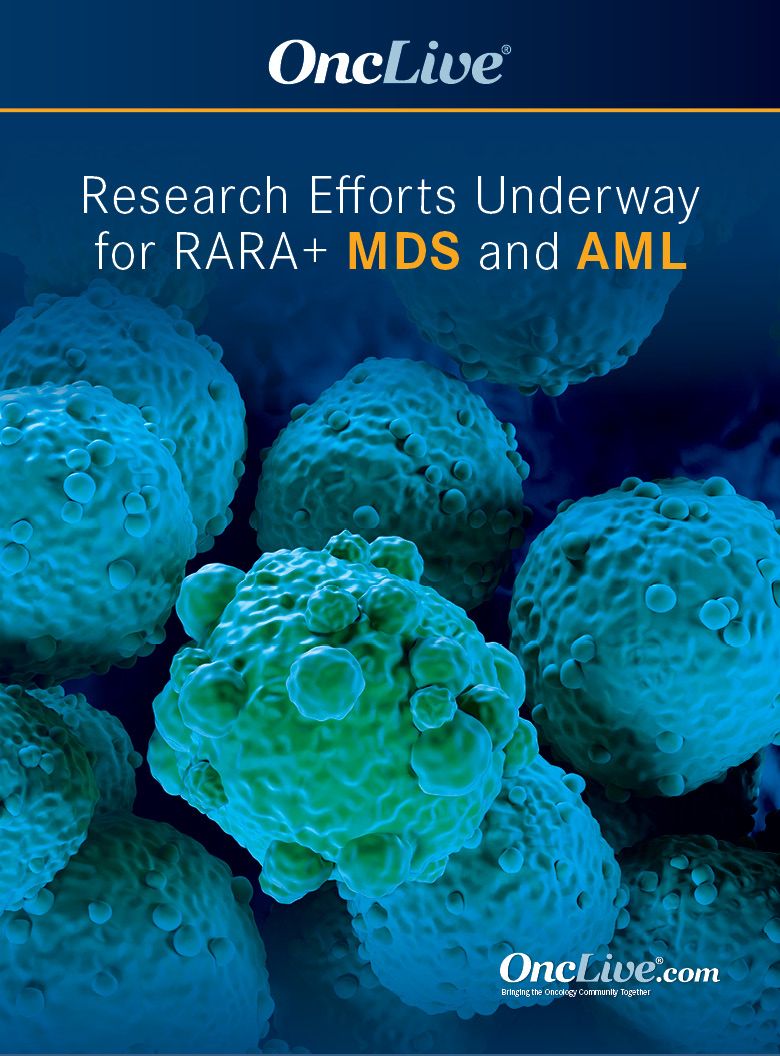Publication
Video
Supplements and Featured Publications
Potential Role of Tamibarotene in AML
Author(s):
Daniel Pollyea, MD, MS, reviews the initial results from the biomarker-directed phase 2 tamibarotene trial that were presented at ASH 2020.
Daniel Pollyea, MD, MS: Tamibarotene is a really interesting drug. About 30% of patients with non–APL [acute promyelocytic leukemia] AML [acute myeloid leukemia] overexpress RARA, which is a type of transcription factor. When we add an agonist against that, tamibarotene, it could be an effective tool to induce maturation or differentiation of the leukemia cells. This is very much in question and the subject of clinical trials that are ongoing, but it looks to be a potentially promising therapy. In APL, a type of AML in which RARA overexpression is universal, using a drug like tamibarotene, and tamibarotene itself, has been a really effective strategy for those patients. We’re hopeful that in non-APL AML situations with RARA overexpression, we may also be able to have an effective target with tamibarotene.
In 2020, Eytan Stein and colleagues presented an abstract on the use of tamibarotene plus azacitidine for patients with relapsed/refractory AML who overexpressed RARA. This was presented at the annual meeting for ASH [American Society of Hematology], and a population of patients responded, about 20%. These are relapsed/refractory patients who’ve had multiple other therapies. Historically, the bar is pretty low for them, and we don’t have any good therapies to use. In this very small study, there’s reason to be optimistic about this combination for this population of patients, and the toxicity profile was not overly concerning. Given the tolerability of the therapy and some efficacy responses in a relatively small population, there’s reason to be hopeful that this could be an effective treatment for the percentage of patients who overexpress RARA.
Transcript edited for clarity.










